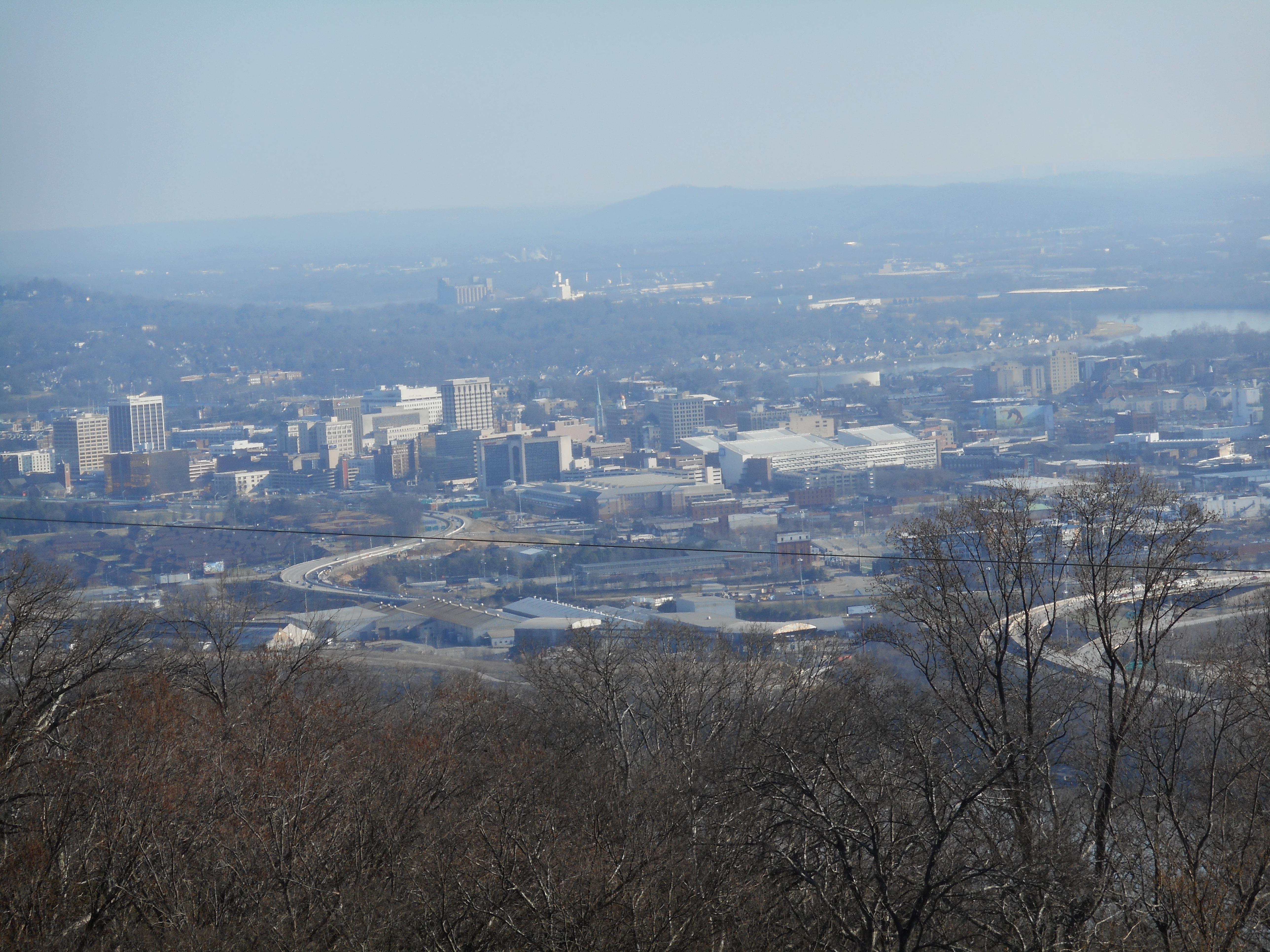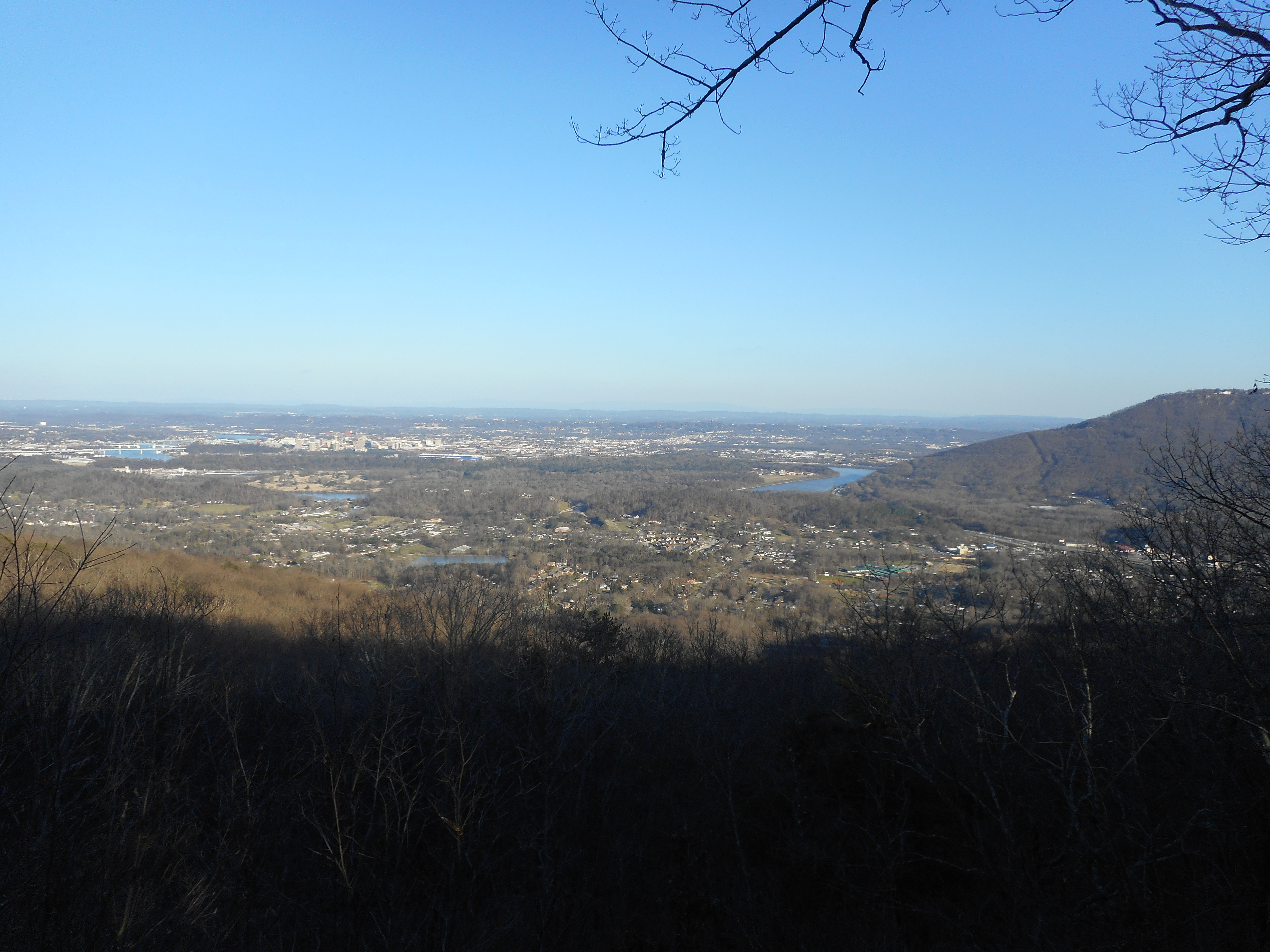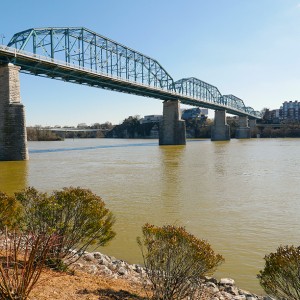
Chattanooga earned a sprawling index of 63.6 from American Smart Growth and was among the top ten most sprawling medium metro areas. A range of factors count into this index including “residential and employment density; neighborhood mix of homes, jobs and services; strength of activity centers and downtowns; and accessibility of the street network”. (side note: Atlanta is the most sprawling with a score of 41.0.)
How does sprawl affect the community and environment in Chattanooga? People have more economic mobility in connected compact areas , spend less on housing and transportation, have more options for transportation and live longer, safer and healthier. Sprawl also has huge environmental impact. A wide spread of population requires extra infrastructure construction, for example sewer system and water supply. These infrastructures are not only costly but also contaminate and pollute. This is based on the reasoning that downtown area is already equipped with sufficient infrastructures and other essential supplies for living. If the population can be concentrated in a relatively reasonable area, the city will not drain too many resources and create too much burden on its natural environment. However, there needs to be a pull for people to reverse the sprawl and return to downtowns. Revitalization could be more helpful than financial support of homebuyer assistance programs in creating this pull. Chattanooga-Hamilton County Regional Planning Agency claims to focus on downtown and riverfront redevelopment. On our field trip, we witnessed the redevelopment result and were very impressed with the disuse-turn- pedestrian bridge and the cultural, commercial and community vitality on the riverfront. Hopefully, the changed perception of quality of life in the connected neighborhoods of riverfront and downtown will lead Chattanooga residents and decision makers to push further for the mixed land use zoning and community plans.

The zoning and plans are important because mere concentration in an un-organized fashion will not serve the purpose. What the most sprawling cities, including Chattanooga, should do is to promote the lifestyle in mixed use, collected neighborhoods and encourage people move back to the downtown area while ensuring that planning is updated and sensitive to the environment.
Chattanooga has already been trying innovative approaches in utilities, transit, architecture, art, and community development. Its fiber optic network better support the power grid by being more reliable and conserving energy. Its Lookout Mountain Incline Railway has WiFi in the fleets of electric vehicles. GPS technology also enable them to have real-time arrival information available on buss tracker app. Bike Chattanooga has 33 bike stations across the city. Farmer’s markets are also growing as well as LEED certified buildings. Chattanooga WorkSpace facilitate space-sharing and Public Art Chattanooga invest in public art projects. Chattanooga is on its way to contain sprawl and revitalize downtown. We will be seeing the result in not so distant future.

Authored by Ruiyuan Shi, Liu Yang
References:
Tennessee Cities Among Worst For Urban Sprawl. (n.d.). Retrieved from http://wuot.org/post/tennessee-cities-among-worst-urban-sprawl#stream/0
Measuring Sprawl 2014. (2014, April). Retrieved from http://www.smartgrowthamerica.org/measuring-sprawl
Karen Hundt, Chattanooga urban planner, answers questions. (2005). Retrieved April 12, 2016, from http://grist.org/article/hundt/full/
McCartney, K. (2014, August 12). The Top 11 Shareable Innovations in Chattanooga, Tennessee. Retrieved from http://www.shareable.net/blog/the-top-11-shareable-innovations-in-chattanooga-tennessee